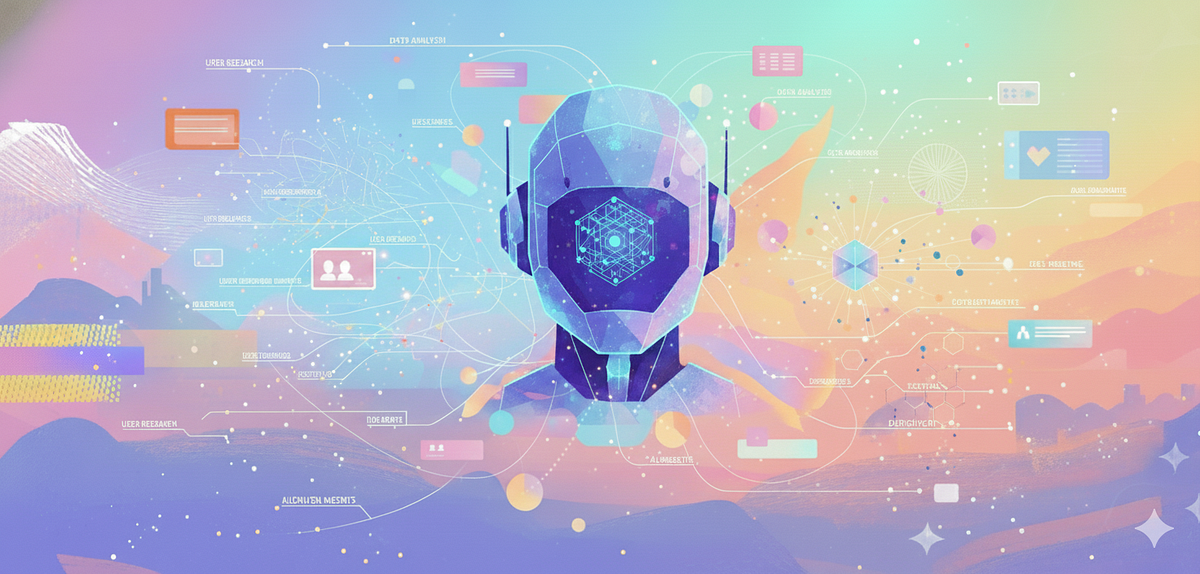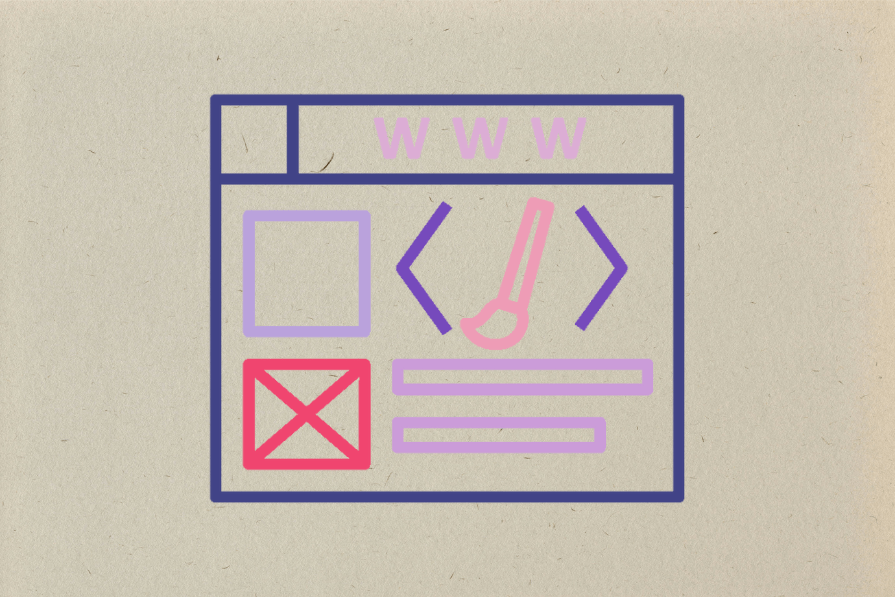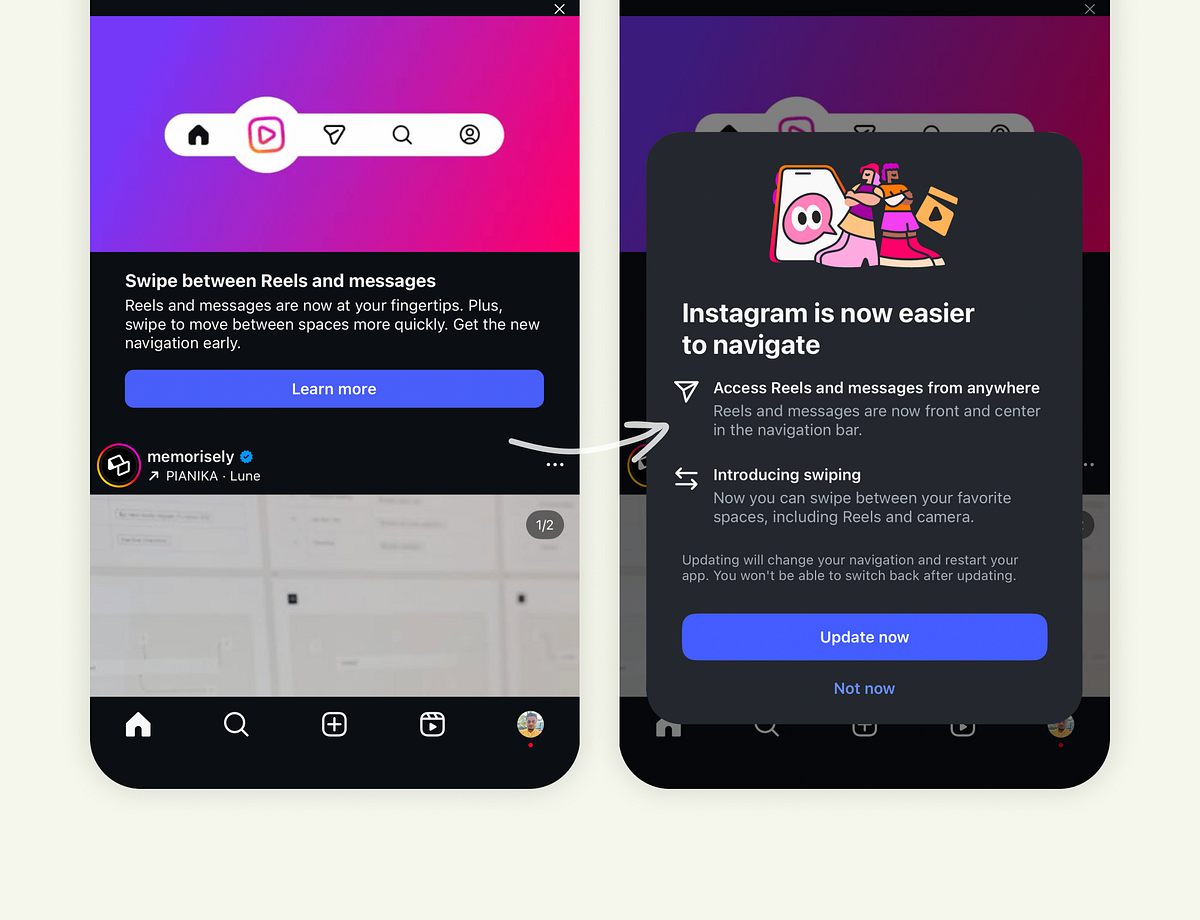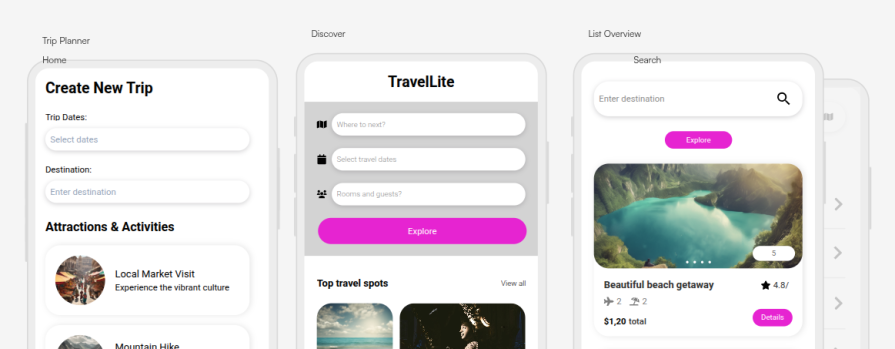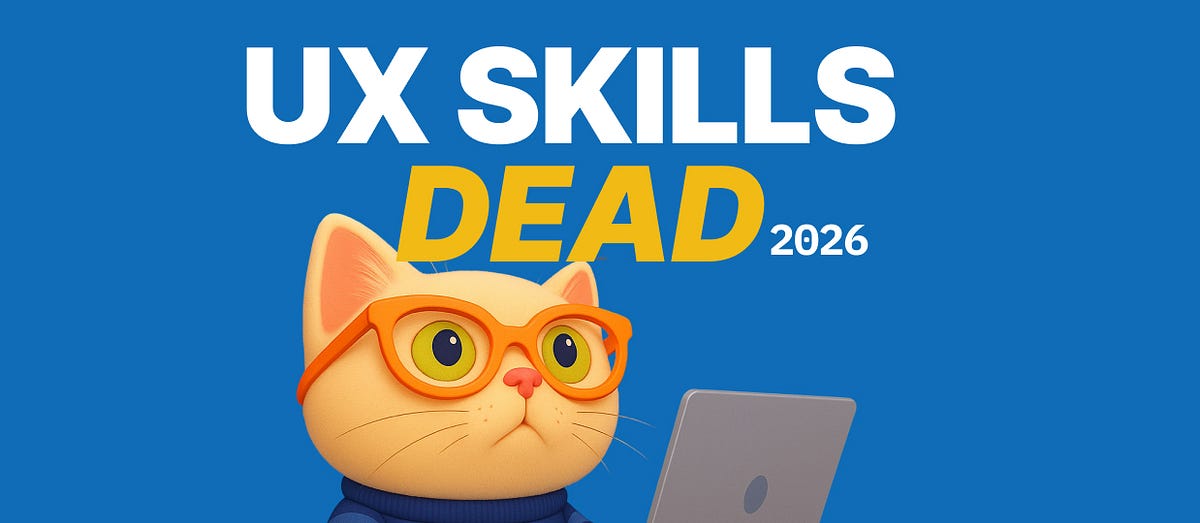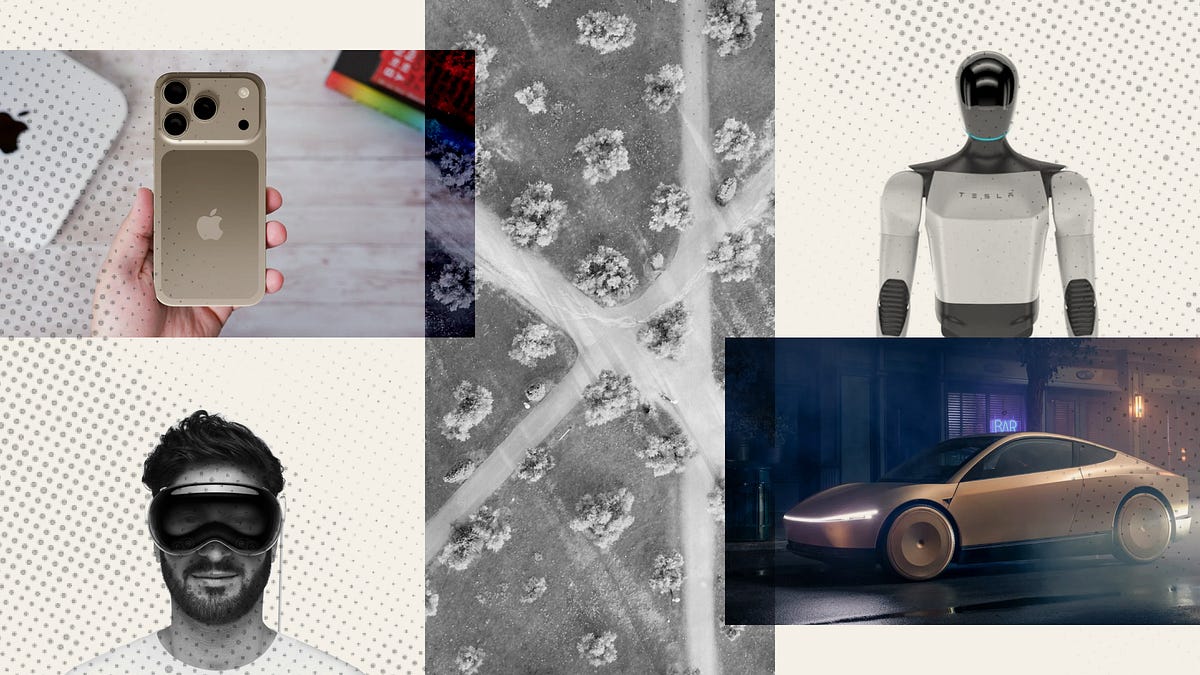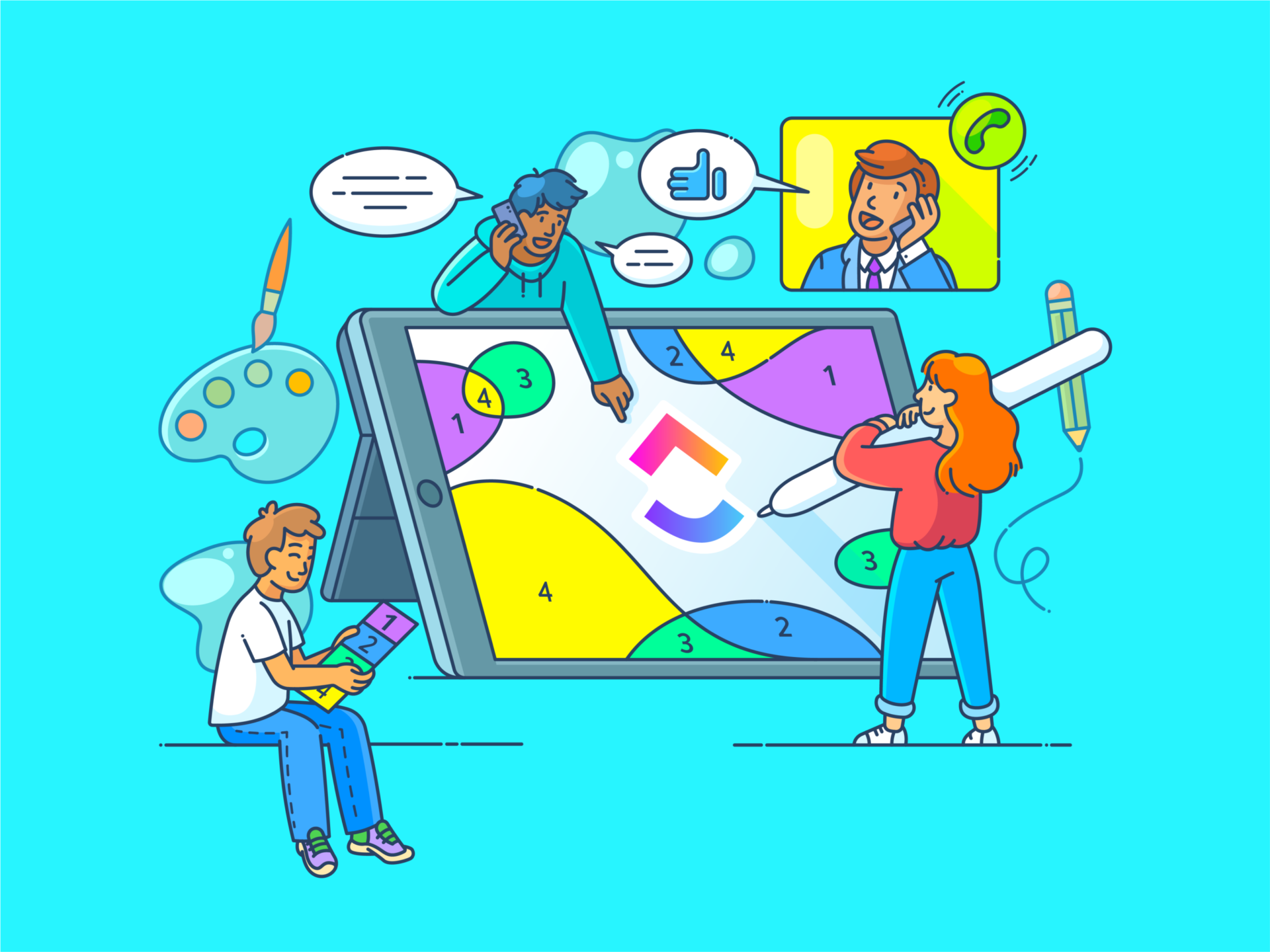fromNielsen Norman Group
1 day agoPrompt to Design Interfaces: Why Vague Prompts Fail and How to Fix Them
The rise of GenAI tools has introduced a new paradigm for design work - rather than crafting interfaces by directly manipulating elements in design tools, designers can prompt AI-prototyping tools to generate designs. When you're working with AI, the output quality will be largely dependent on the specificity of the prompt. This article discusses common issues with vague text prompts and offers recommendations on how to achieve better results from AI-prototyping tools without undertaking the bulk of the design work yourself.
Artificial intelligence
